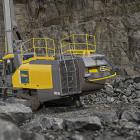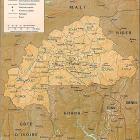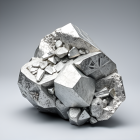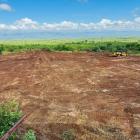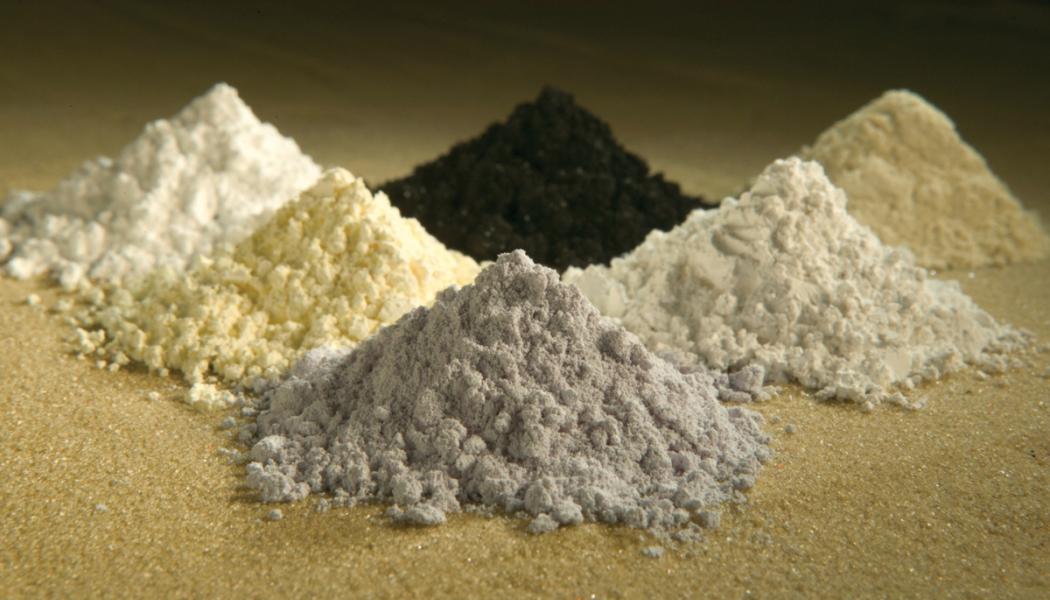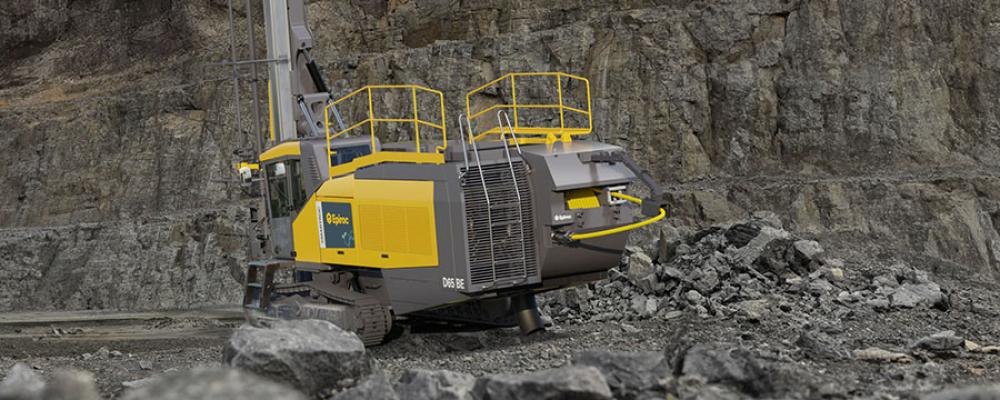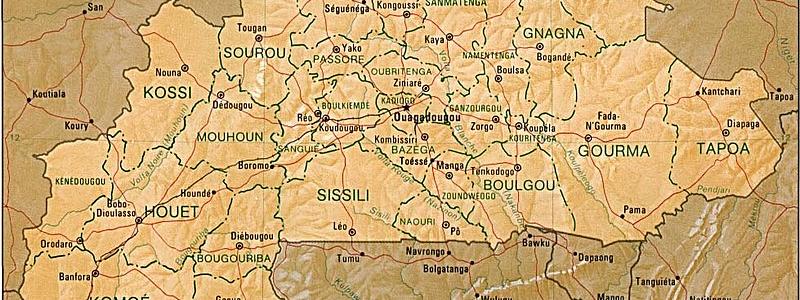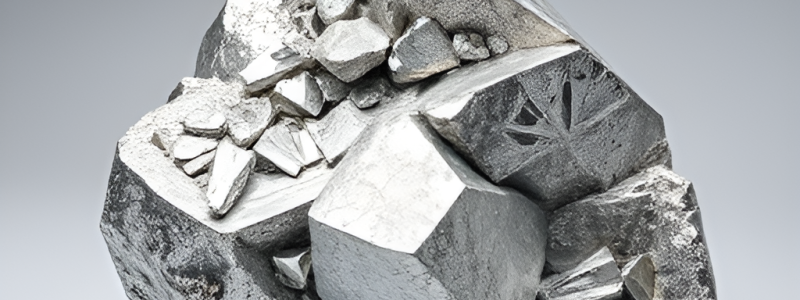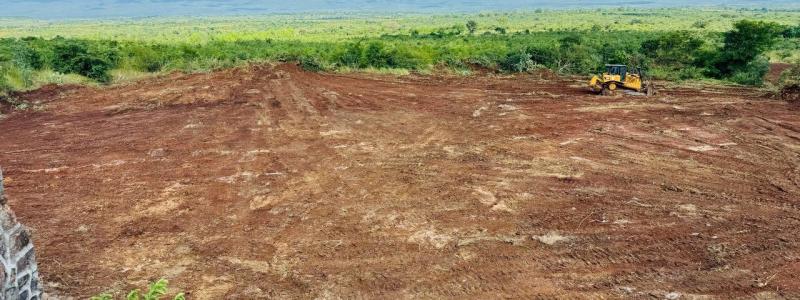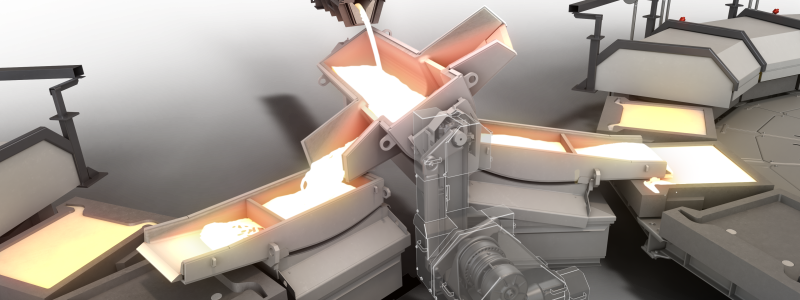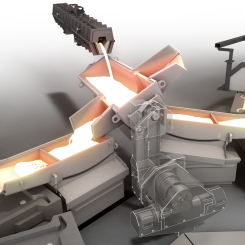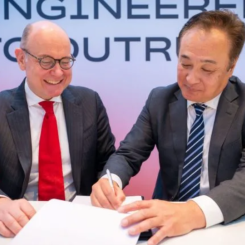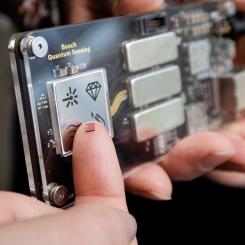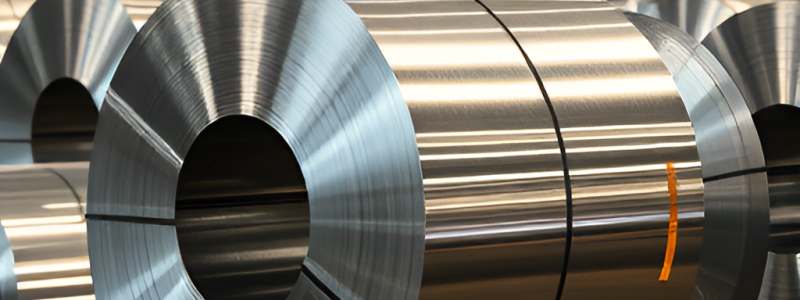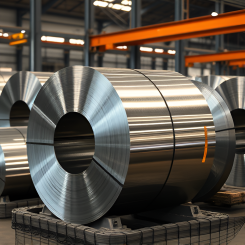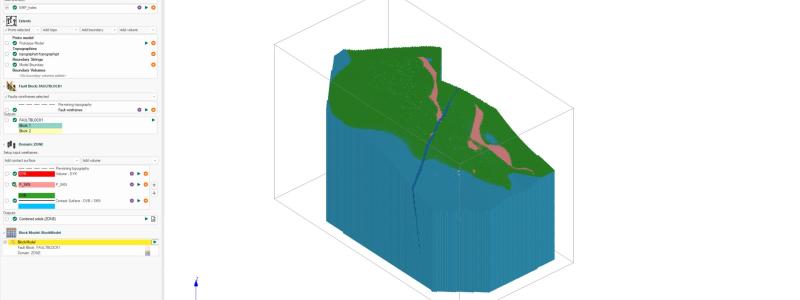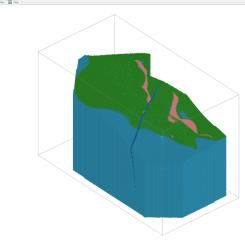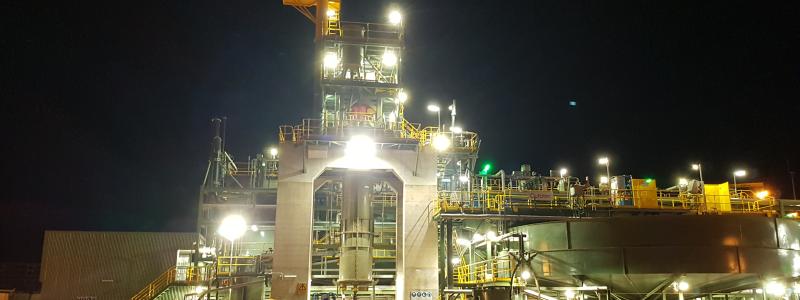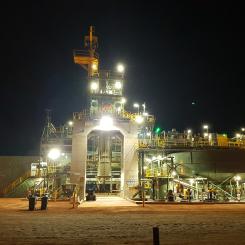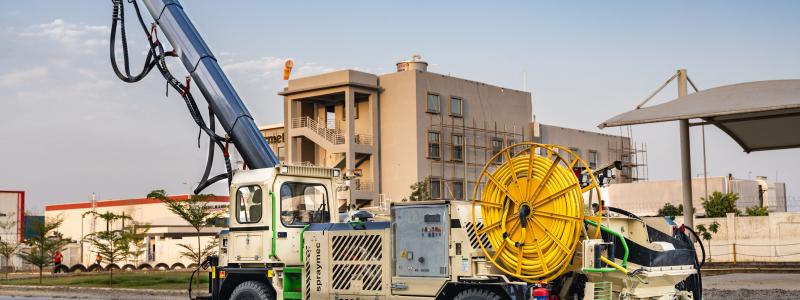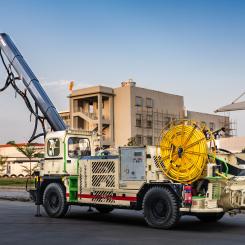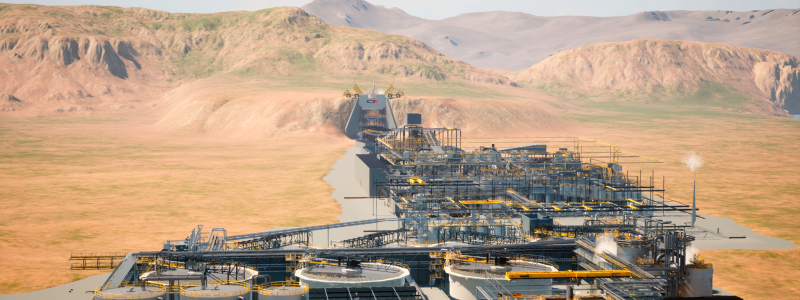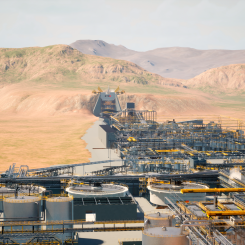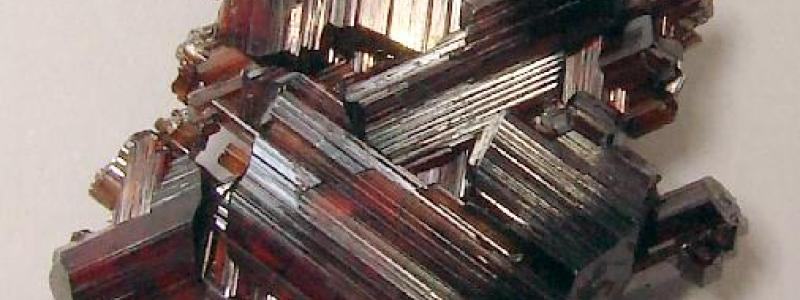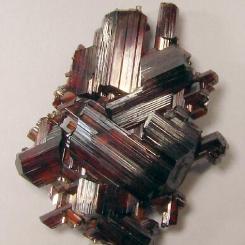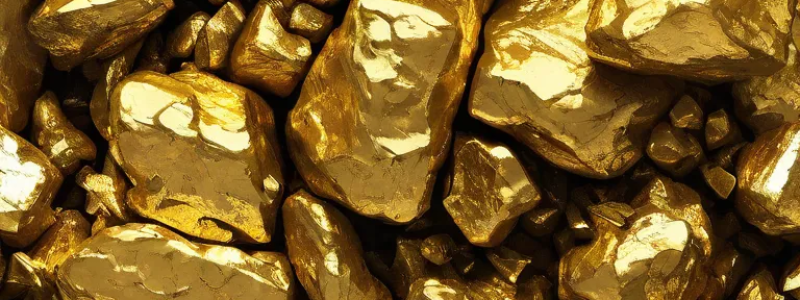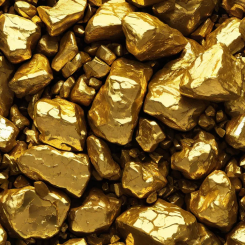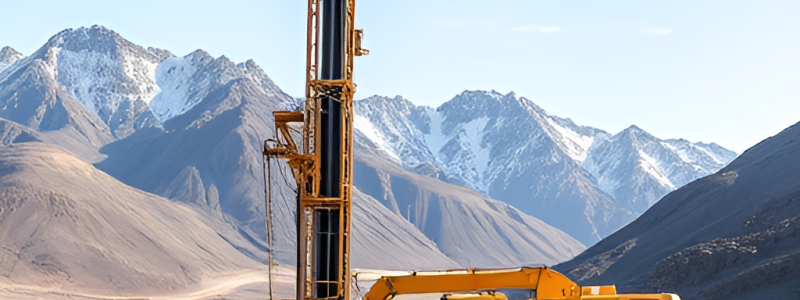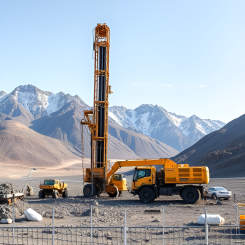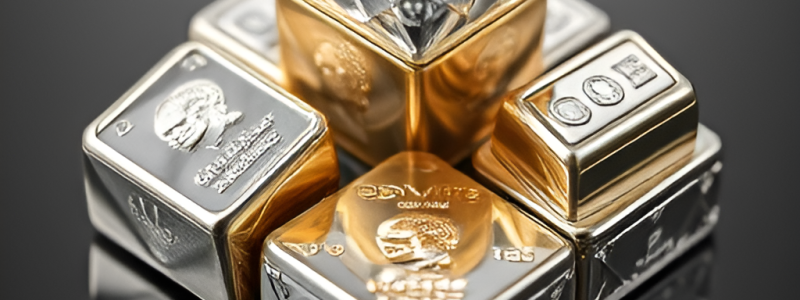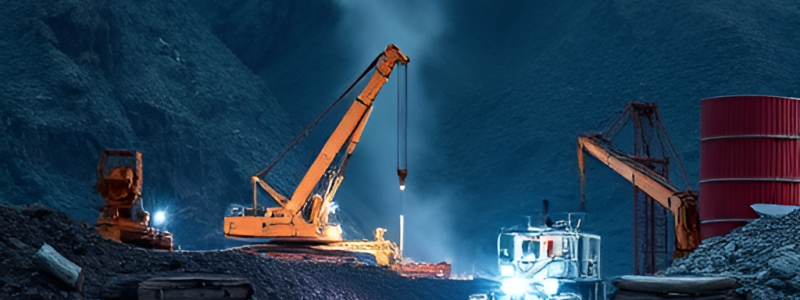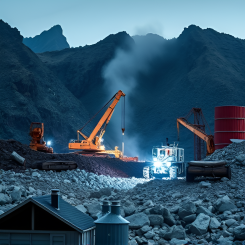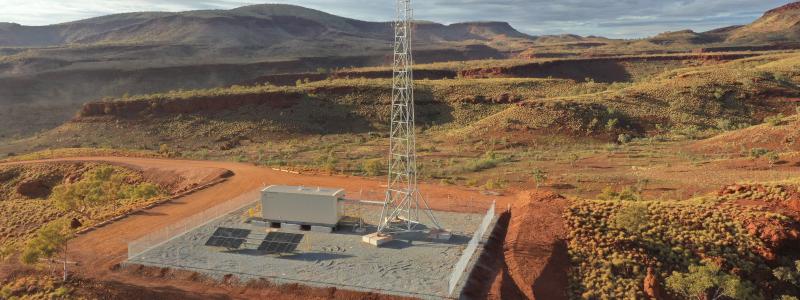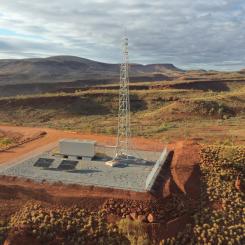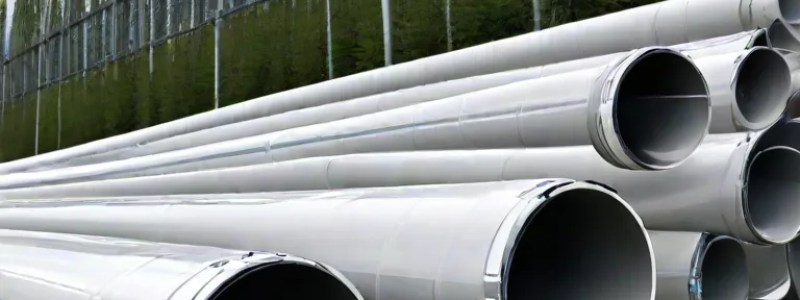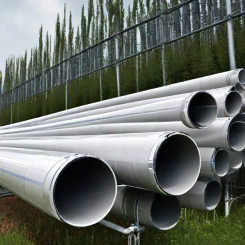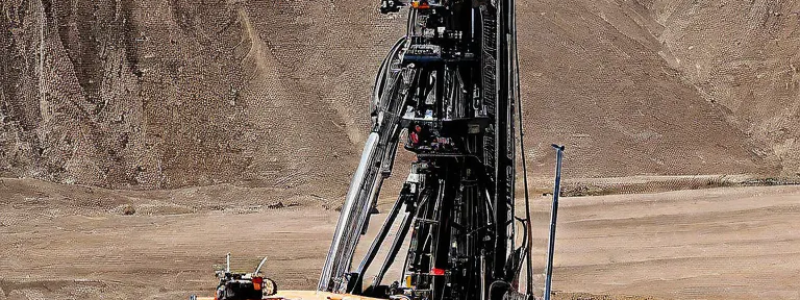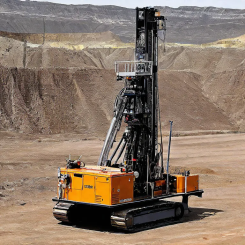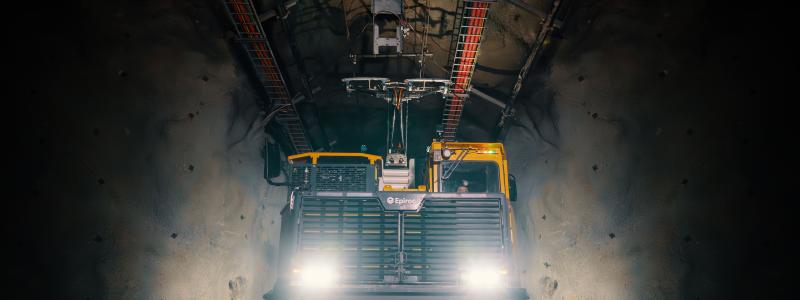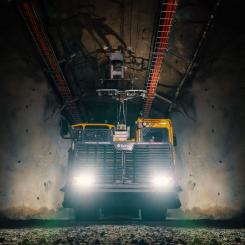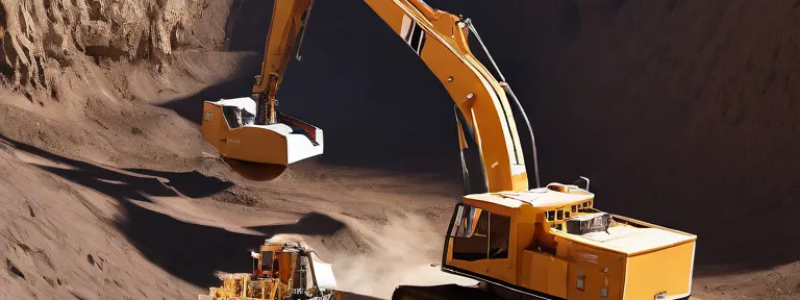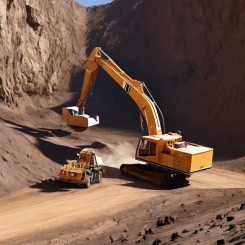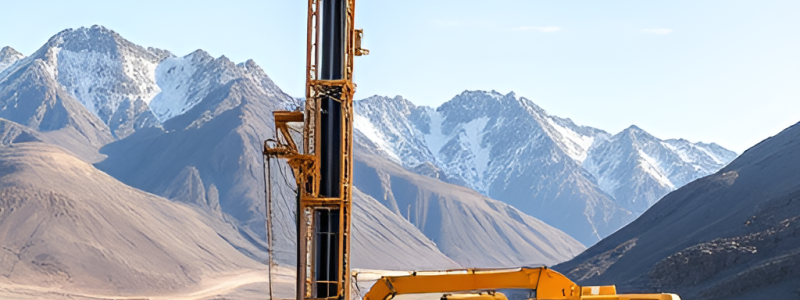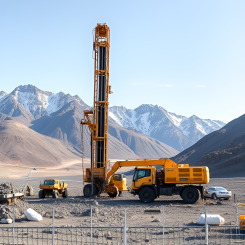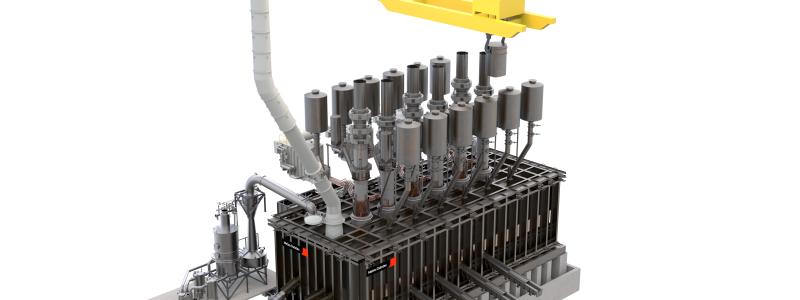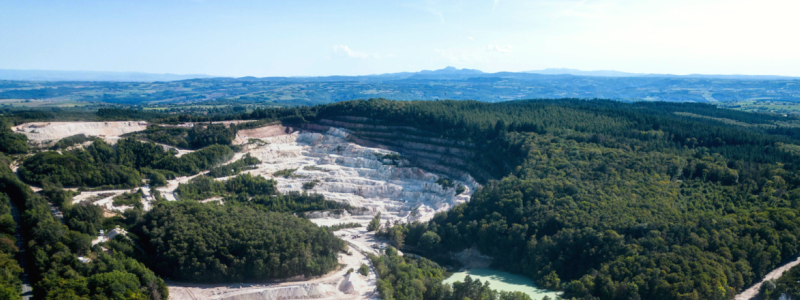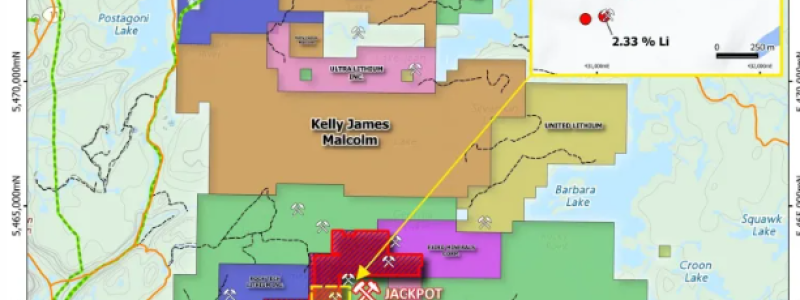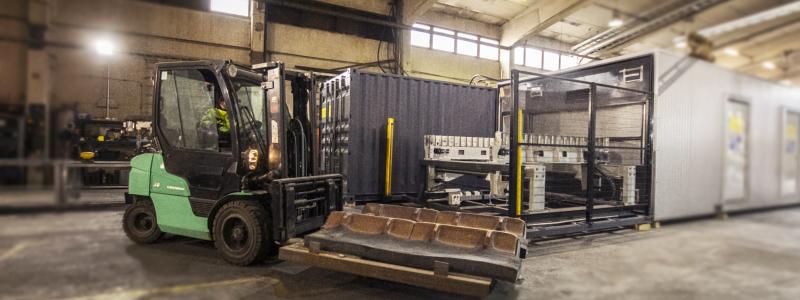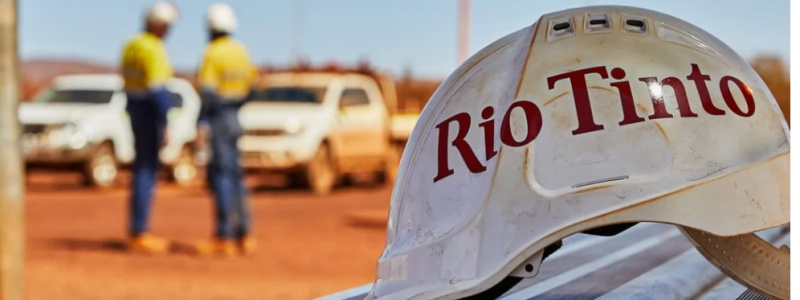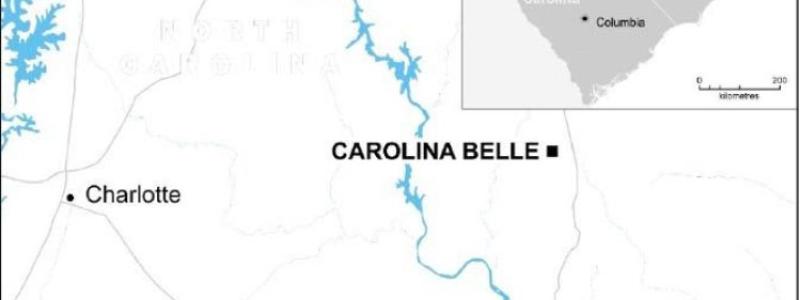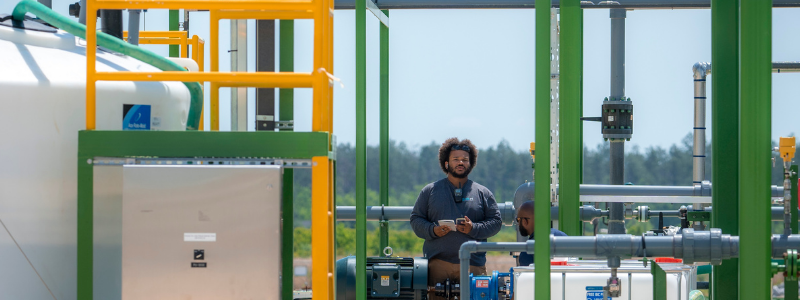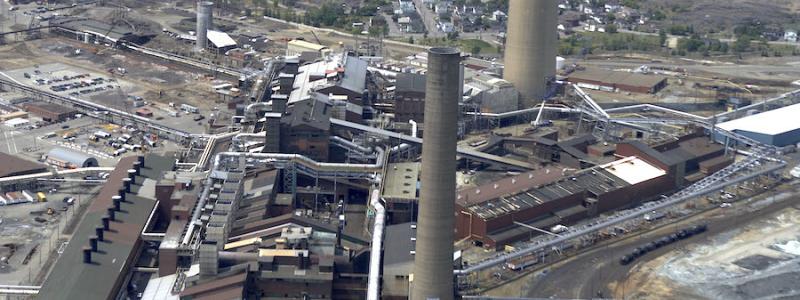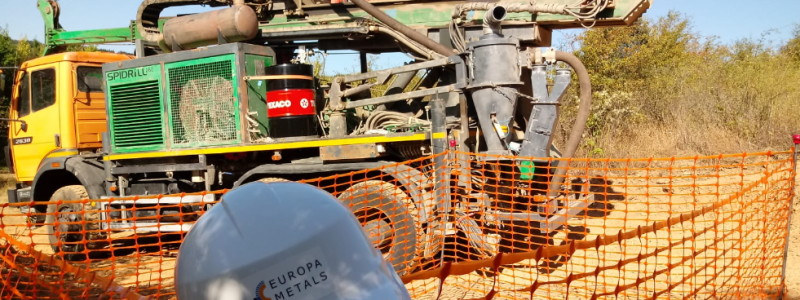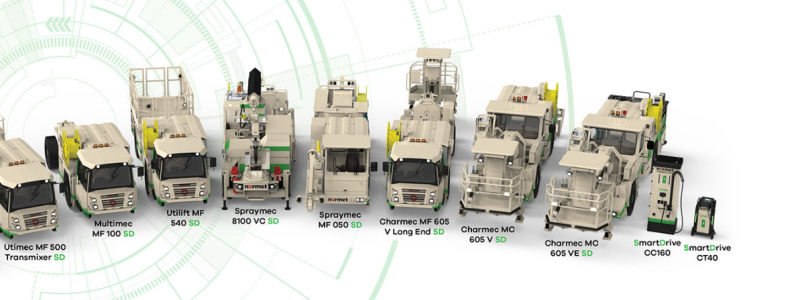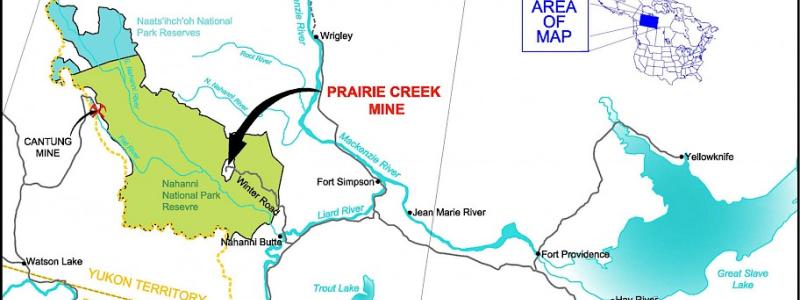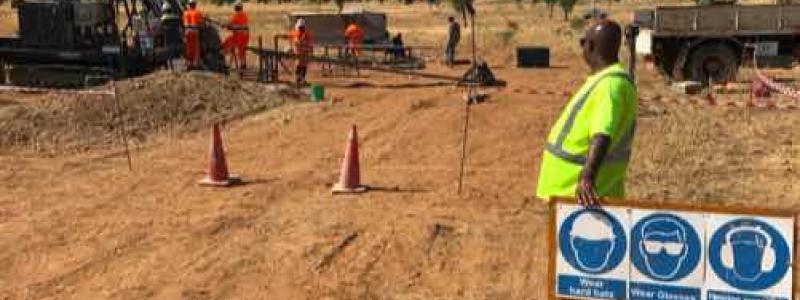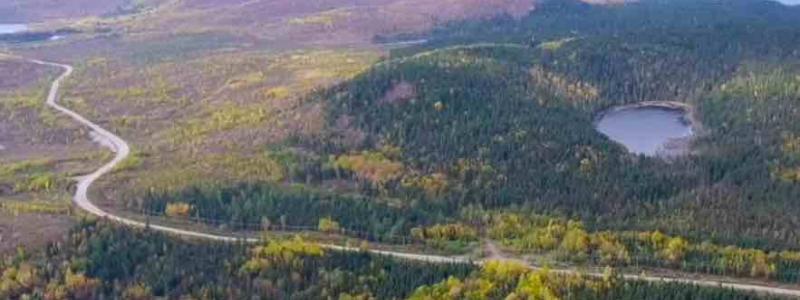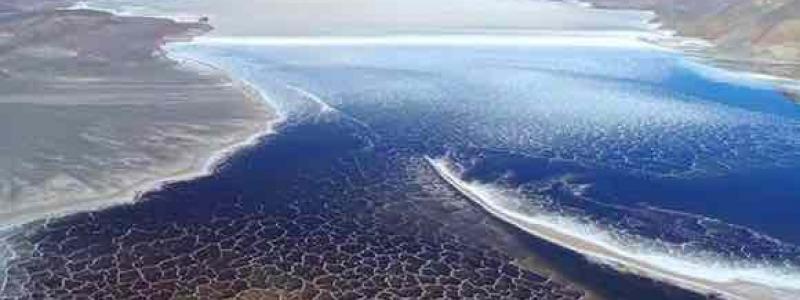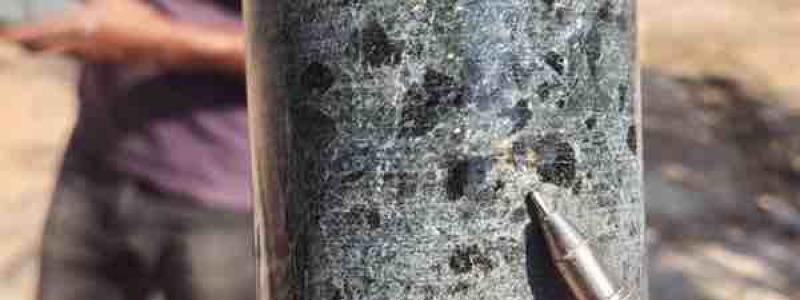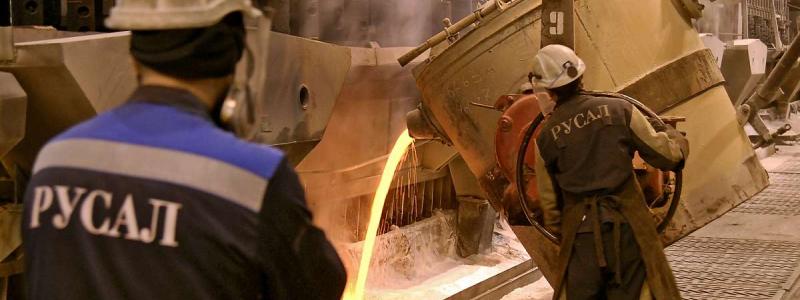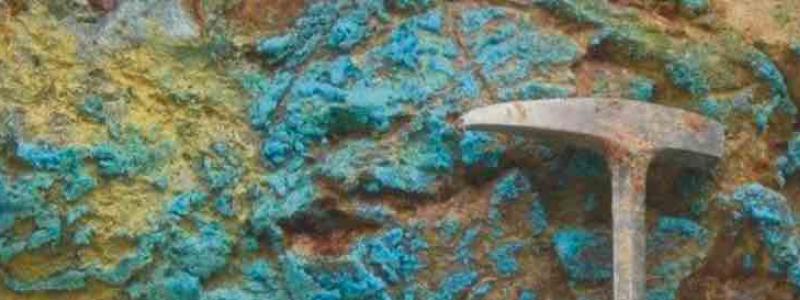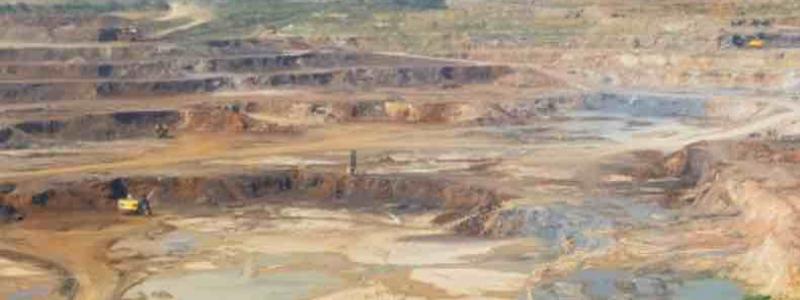At today’s press conference the Norwegian mining company Rare Earths Norway (“REN”) announced a mineral resource estimate showing that The Fen Carbonatite Complex hosts continental Europe’s largest deposit of rare earth elements.
After three years of targeted exploration, REN is pleased to deliver a Maiden Mineral Resource estimate for the Fen Carbonatite Complex (“Fen” or “the Project”). The consulting firm WSP have provided support and technical guidance throughout the campaign and has now prepared an initial Inferred Mineral Resource estimate in accordance with the requirements of the Australasian Code for the Reporting of Exploration Results, Mineral Resources and Ore Reserves (JORC, 2012 Edition, or JORC 2012) code. This is an important milestone for Rare Earths Norway, and underscores Norway’s position as a vital part of Europe’s rare earth and critical raw material value chain.
The Maiden Mineral Resource Estimate shows that the Fen Carbonatite Complex (“FCC”) hosts the largest REE deposit in continental Europe evaluated to date. This is the first published Mineral Resource Estimate of REEs from the Fen Carbonatite Complex. The current estimate covers a large majority of the Project area and thus a huge discovery for REN, Norway, and Europe.
The current work provides a Mineral Resource estimate depth to - 468m below mean sea level (msl). REN expects significant potential future upside to the project, with previous exploration drilling completed by the Geological Survey of Norway and the geological advisor the Telemark County council, indicating mineralization is open to a depth of approximately -1000m msl.
REN expects the development of new mining methods will increase the resource estimate.
This is a very important moment for Rare Earths Norway, the resource estimate underscores the potential of the deposit to be a truly transformative asset that can underpin a secure rare earths value chain for Europe. We are working with leading partners, such as Montanuniversität Leoben in Austria to develop this deposit with the world’s most sustainable mine and mineral processing technology minimising the environmental footprint from mine to magnet, states Alf Reistad, CEO of Rare Earths Norway.
We are very excited to see Rare Earths Norway, a company that EIT RawMaterials and ERMA have supported over several years, reach this major milestone. This project underscores the potential and the opportunity for Europe to invest in world class mining and processing projects that will help secure our industrial value chains and set new standards in environmental and social performance through technology, innovation and collaboration says Bernd Schäfer, CEO, EIT Raw Materials.
Comments from REN on the report
The resource is reported according to the JORC 2012 code. This implies that several constraints have been applied to determine what parts of the deposit are considered “Reasonable prospects for eventual economic extraction (RPEEE)”. The constraints include mining method, metallurgical and processing grade parameters, production costs and prices.
The Maiden Inferred Mineral Resource, which satisfies the RPEEE is at 559 Mt at 1.57% Total Rare Earth Oxides (TREO). This means that the Fen Carbonatite Complex contains 8.8 Mt TREO with a reasonable prospect for eventual economic extraction. Within the TREOs, there is estimated to be 1. 5 Mt of magnet-related rare earth used in electric vehicles and wind turbines. The EU considers these metals to be the most critical raw materials when considering supply risk.
The resource estimate shows that Rare Earths Norway holds rights to the largest rare earth deposit in continental Europe.
"We have now, through an independent third party, confirmed that we have a significant Mineral Resource at Fen. This is a milestone for us that could be extremely important for the local community in Nome, but also Norway and Europe for generations, states Trond Watne, Chief Geologist of Rare Earths Norway
The geological advisor to the Telemark County council, Sven Dahlgren is positively surprised over the size of the Fen Carbonatite Complex:
"It is with great pleasure that the geological data shows that the deposit is even bigger than the investigations done by the geological adviser in 2019. This confirms that the Fen Carbonatite Complex is, undoubtedly, Europe’s largest deposit of REE minerals. This looks very promising, and it will be exciting to follow the project further.
Rare Earths Norway is actively pursuing the Norwegian government ambitions through the new Mineral Strategy to develop the most sustainable mineral industry in the world.
The goal for Rare Earths Norway is to contribute to a total, compact value chain, from mine to magnet with considerably lower climate- and environmental impact says Alf Reistad".
Next Steps for the Project
Rare Earths Norway will continue the exploration work at Fen, with a new drilling campaign already scheduled for 2024. Rare Earths Norway will continue to assess the economic viability of the Project through continued study work, with results due later in 2024.
Rare Earth Norway plans to establish a pilot factory close to the deposit in Nome municipality where they will test new technologies and optimise the mineral processing. Additionally, the pilot will be an educational platform for training and education of future staff, this will be in close collaboration with local schools. Telemark Utviklingsfond (TUF) has already supported the pilot with NOK 20 million, and Rare Earth Norway is now working on localisation and fully financing of the pilot.
Exploration, development of new technologies and test mining should lead to an investment decision of NOK10 billion to develop the first stage of mining within 2030. Rare Earths Norway could then cover 10 per cent of the demand for rare earths, in line with European Union goals under the Critical Raw Materials Act (CRMA).

